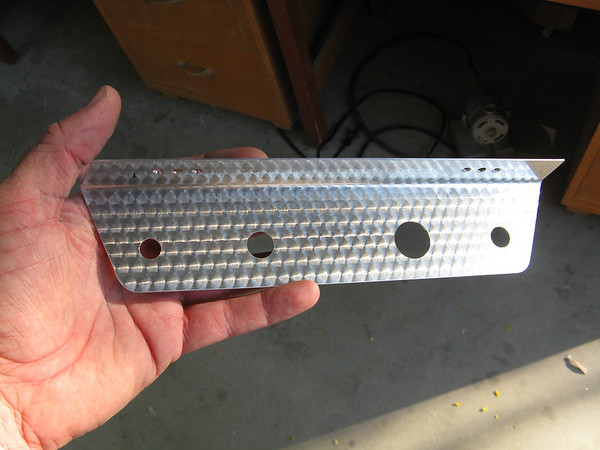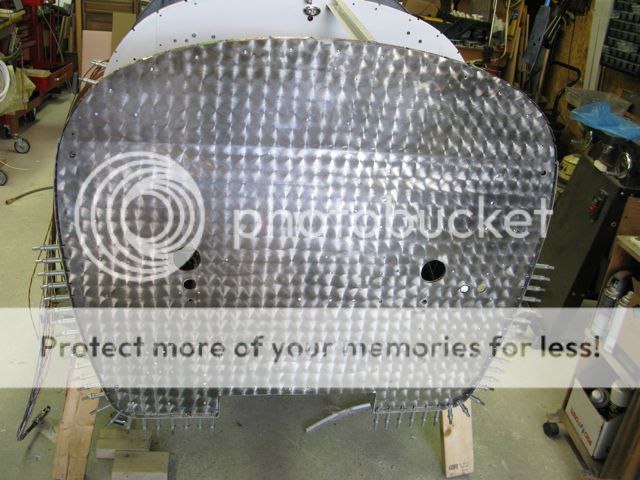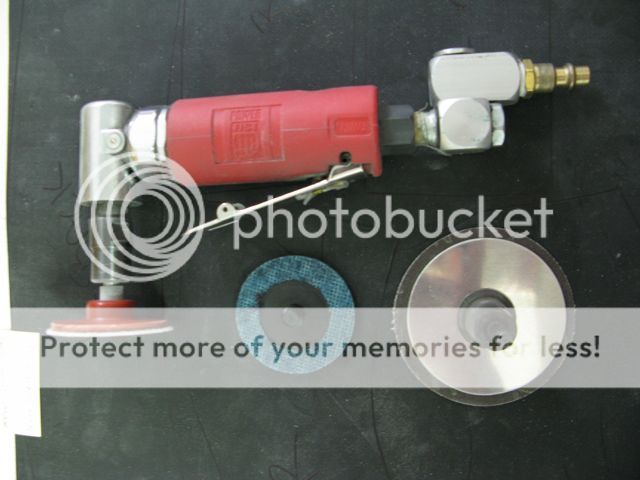Welp...I did it!!!
Thanks all for the tips/discussion you posted. I found a drill press and used it to engine turn my firewall.
The drill press is DEFINATELY the way to go. After trying a couple of patterns, I decided to go with no overlap
side to side, and a 1 inch overlap top to bottom (2" pad). I also made it a point to go from bottom up so the
"fish scales" are layered like shingles on a roof (i.e. bottom tucked under top). I'm really happy with the
effect and added a little "artistic flare" in the center of the firewall.
So be honest, do you see "artistic flare" in this shape, or just a guy who's drill press wouldn't reach all the
way to the center of the sheet? I hope both can be true. The drill pressed swirls were just so crisp and pristine,
I didn't want to muddy them up with trying to wrangle the drill by hand. In all my practice attempts, the hand swirls
were terrible compared to the drill pressed ones.













